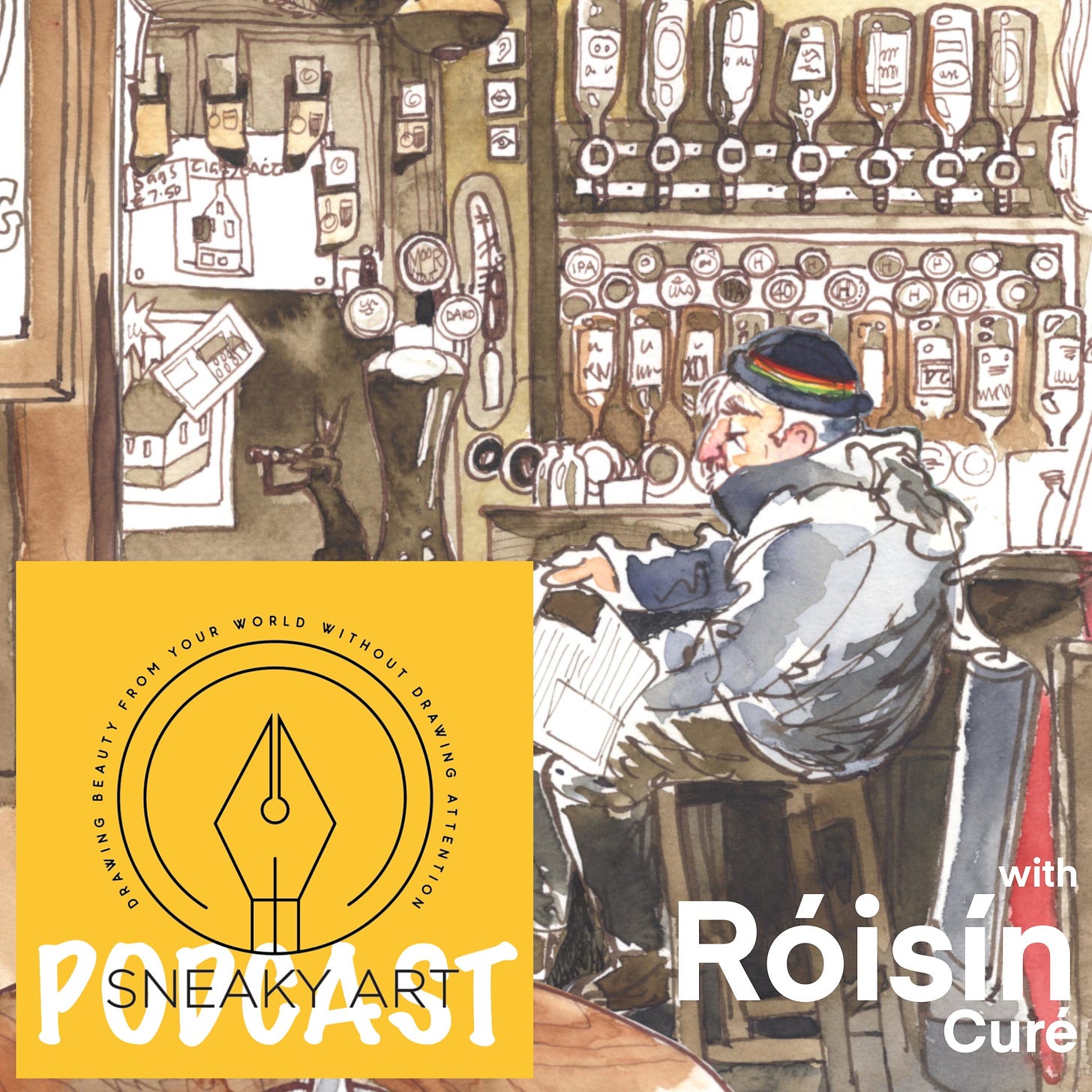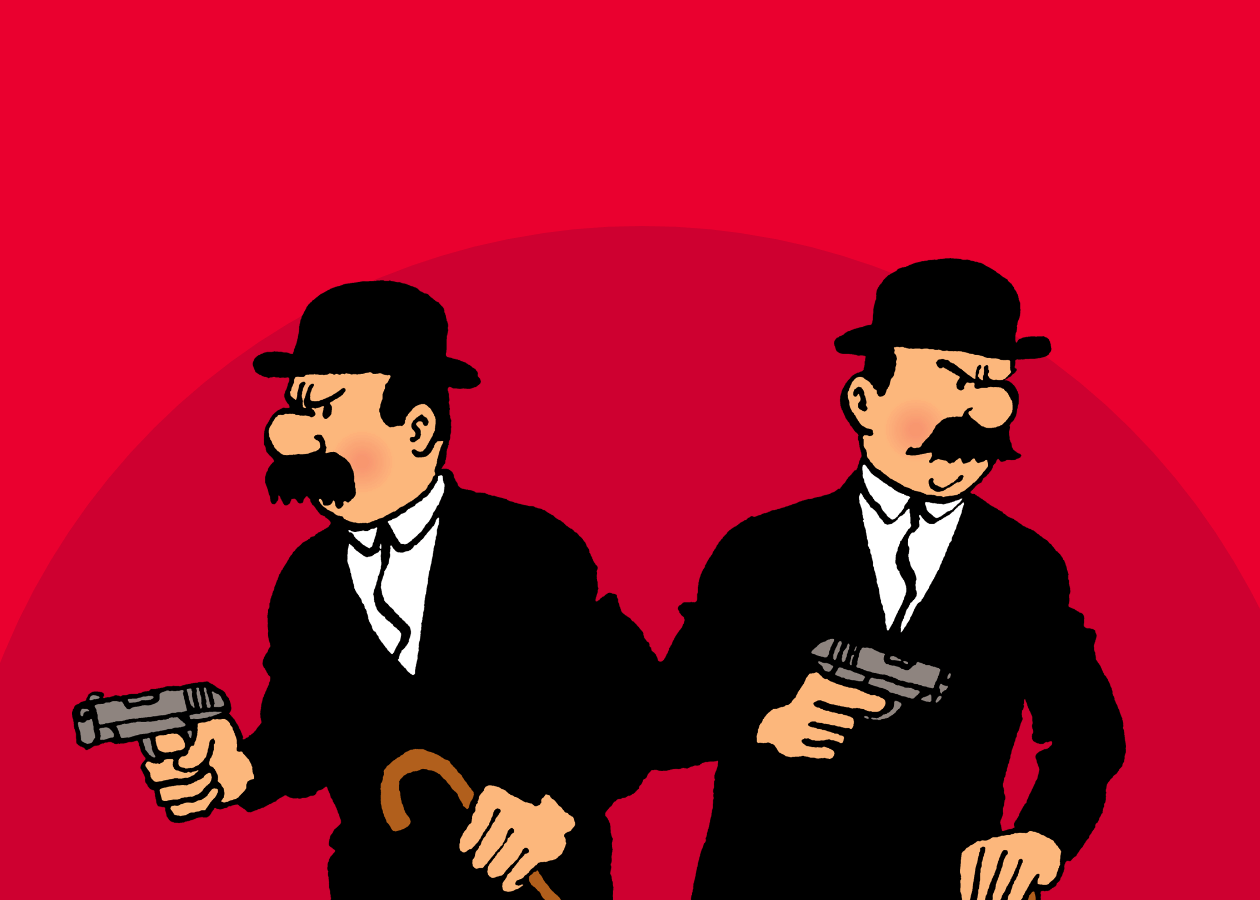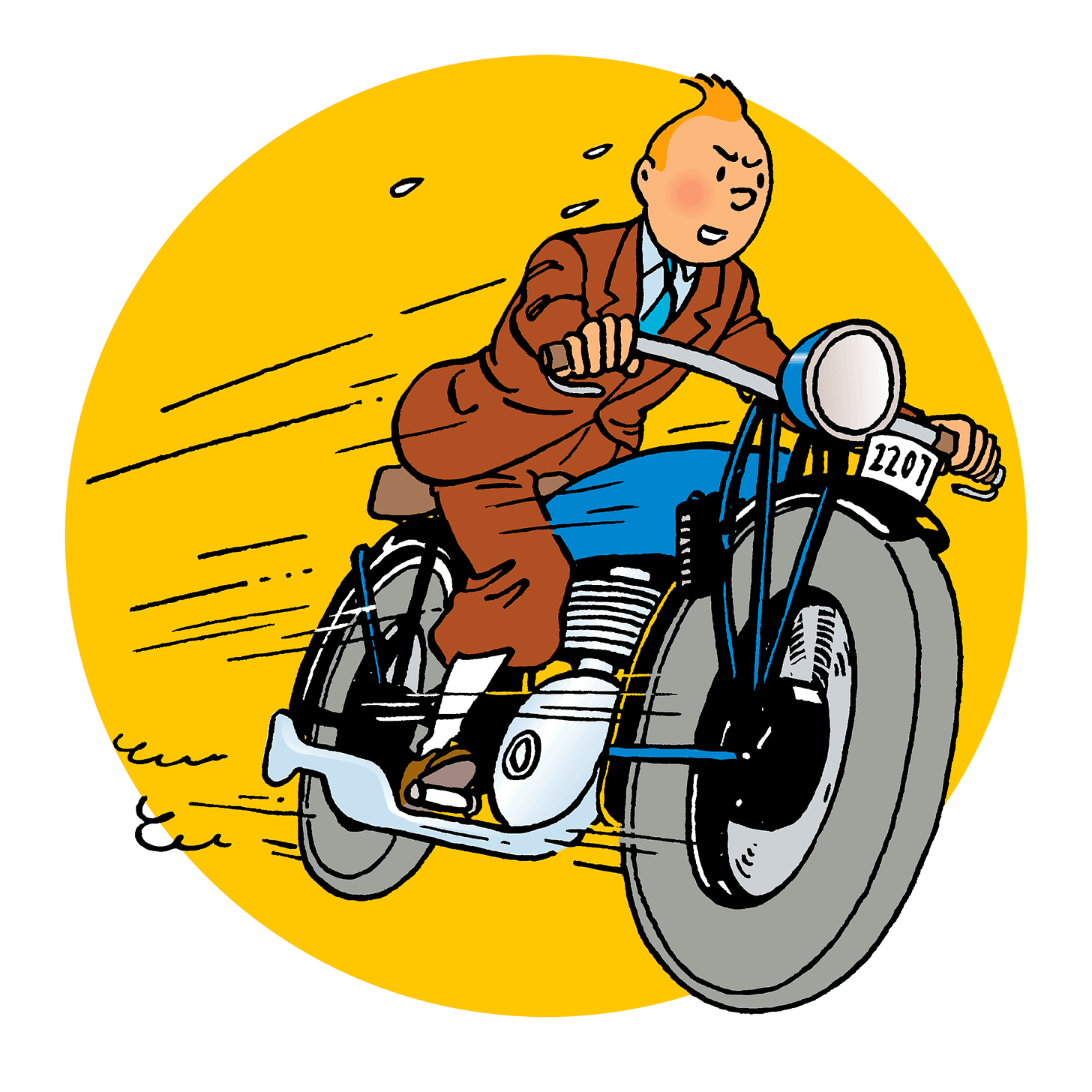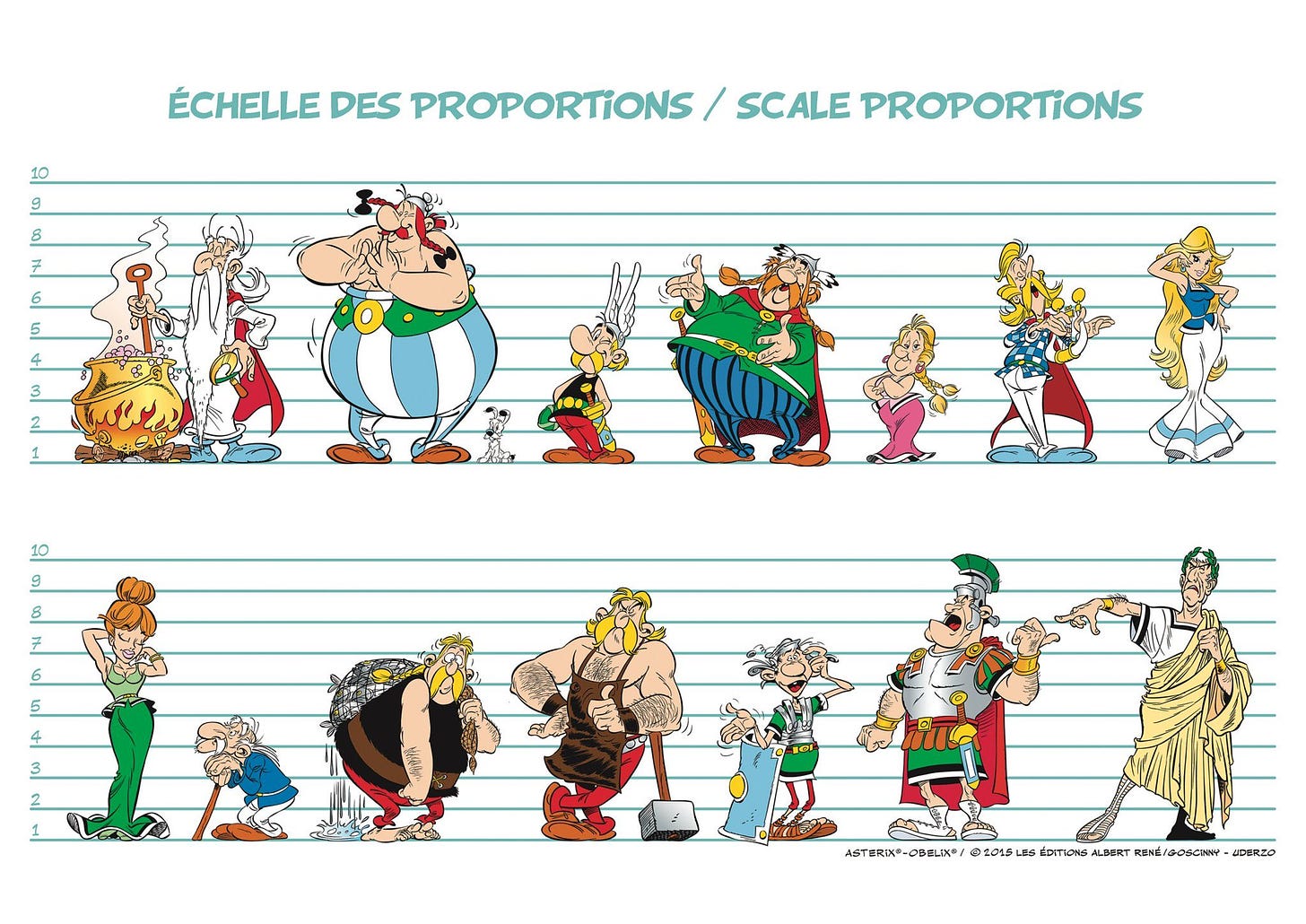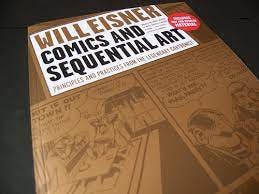📝 Insider #9 - Looking for Magic with Roisin Cure
a bonus commentary for Episode 17 of the podcast
👋 Hello, Insiders!
Today’s post is a look back at one of my most interesting conversations this year - Episode 17 Looking for Magic with Roisin Cure. Roisin is an artist and urban sketcher in Galway (Ireland). She does frequent draw-alongs on Instagram Live and just released a new book of sketches of Dublin. Check out her work here.
Roisin and I are both self-taught artists, and in our conversation we spoke about what that label means for our work. This is significant because no one is entirely self-taught. Every artist learns from other artists, consciously or subconsciously begging, borrowing, and stealing ideas from the people they admire. One of the underlying themes of our conversation was the notion of seeking permission from other artists.
If you haven’t, do give the episode a listen! Below is a summary of the episode, and a quick dive into the works of some artists Roisin cited as her inspirations.
🎙 Conversation Summary
Roisin told me about how she had become an illustrator through a process of self-education, but continued to feel that her work lacked … something. She was looking for the magic. She told me about reading Danny Gregory’s book - Everyday Matters - while on vacation in Mauritius, and discovering an unexpected, new direction for her art practice.
"I opened it up, and I was sitting by the pool and I was about 5-6 pages in and I just said out loud - Why am I not sketching? … It was just a nudge, a door waiting to be pushed open because it was already a part of my life. The mojo didn't arrive overnight, but I knew it was on the way."
Art was never a viable career option for her growing up. But Roisin had always been interested in various kinds of art. In childhood trips to the museum, she was introduced to the work of the Dutch painter, Pieter Bruegel the Elder. Through comic books, she was introduced to the art in Asterix & Obelix and the Tintin comics. She told me about the first poster in her bedroom as a child, a painting by Bruegel. And she told me about copying the ink work of Uderzo, who drew the Asterix comics.
"I began to look at it with a more refined eye, and I noticed that you could suggest weight underneath, in the shady side of the arm, with just a thicker line. Nobody could tell me, and there weren't really any books [about it]... But there was a quintessence to the line that I just wanted to own. So I drew obsessively, and every now and then I would see a hint in one of my drawings of something beautiful… And I remember once drawing a little man in a funny suit, I must have been 14 or 15, and I cut him out, and I carried him in my pocket all day long."
These are struggles I deeply empathize with. For the longest time, I was convinced that it was too late for me to have a ‘style’ or acquire the skills I so desperately craved. But progress is funny like that. It comes in fits and bursts. And until it arrives, you never see it coming. All you can do is keep the faith, and keep practicing.
Both of us being self taught artists, we talked about the different places from where we pick up lessons. Roisin talked about Ukiyoh Japanese wood-block printing techniques, comic books, and the urban sketchers who inspire her.
We spoke about how the pandemic has affected our workflows. While we all have a list of adverse effects of the pandemic, it is also true that the SneakyArt Podcast and this newsletter are children of the pandemic. Roisin, too, had to spend more time working from her desk. This let her focus on skills she had been neglectful towards, and helped her improve in those directions. She became more comfortable doing live sketching on Instagram, which led to Zoom workshops and close bonds with sketchers and participants from around the world.
I asked Roisin about her plans going forward and she spoke about putting together a book of sketches of Dublin. Our conversation includes some interesting experiences she had while sketching homeless people in the city. I’m delighted to share that the book has now released and you should follow Roisin’s work for information about how to buy it!
"I live in a world of beauty that I've become conscious of because of drawing." - Roisin Cure.
🚀 Bonus Commentary
After our conversation, I was curious to learn more about the artists who had directly inspired Roisin. They were -
Pieter Bruegel the Elder, Dutch Renaissance painter
Herge, creator of Tintin comics
Uderzo, artist of the Asterix comics
🎨 Pieter Bruegel the Elder
Bruegel was a pioneer of what would become known as genre painting. Genre art featured “peasant scenes” and subjects from the everyday working life of ordinary people. Wikipedia labels him as the most significant artist of Dutch and Flemish Renaissance painting, and a formative influence on Dutch Golden Age painting.
Through its focus on everyday life, his work marked a departure from the domination of religious figures and mythological events as subject matters for art. Over the centuries this would evolve to become Realism.
Bruegel made many scenes of celebration, feasting, and leisure, in rural peasant life. In this painting above, he depicts a peasant wedding and the ensuing celebrations. The composition invites us to make sense of the chaotic proceedings. The scene is dominated by the dancers. But there is lots of activity in the background - multiple circles of conversation, and tables laid out with food and drink.
Prior to Bruegel’s work, peasant life was not considered worthy of art. So in a way his work is also an important historical record. It shows us a side of the world - in a specific time and place - whose images would otherwise be completely lost to us. If a painting can tell a story of a 1000 words, genre paintings tell stories that have never been told before.
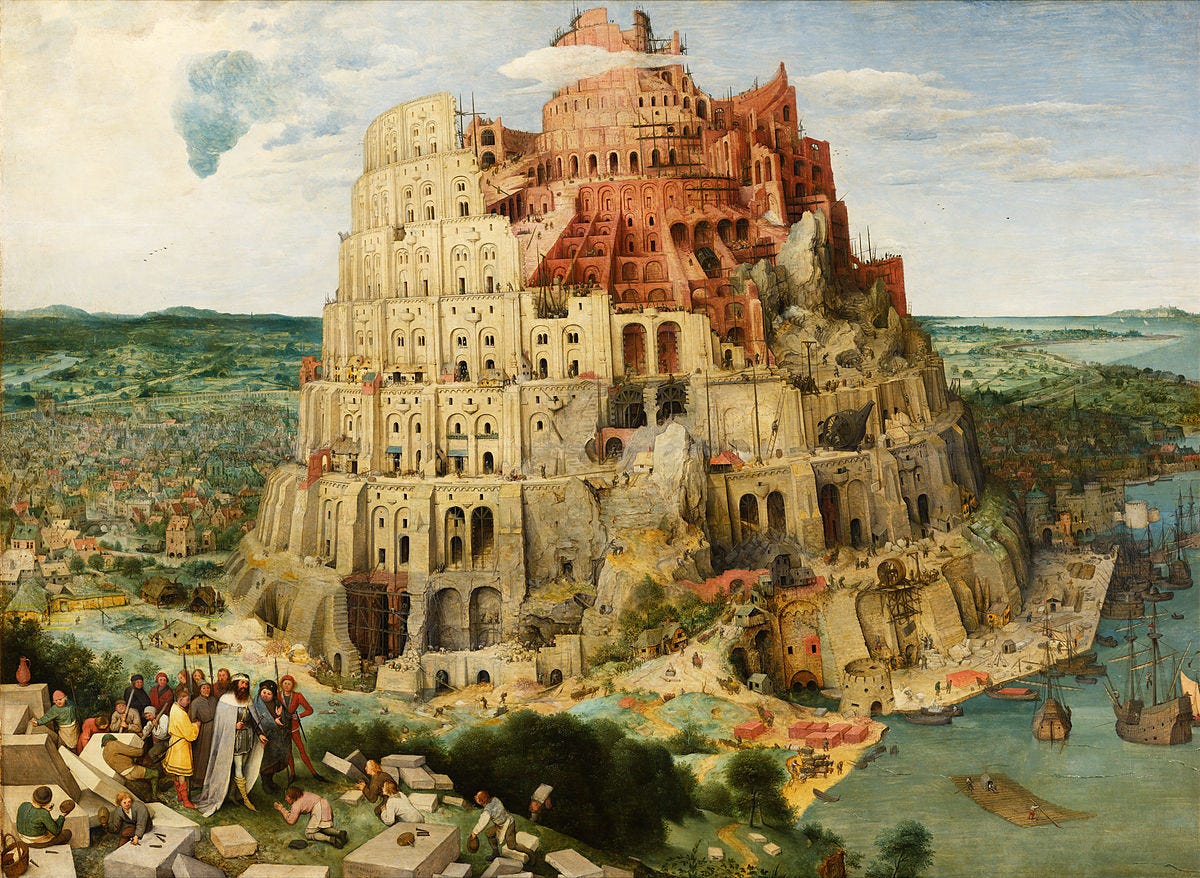
This vast and incredible painting is displayed at the Kunsthistorisches Museum in Vienna, where I saw it in 2017 when I was traveling through central Europe to a friend’s wedding in Poland. Although one could say that it is about a mythological event, the subject of even this piece are the hundreds of people involved in the construction of the tower. The harder you look, the more people you find. The people are doing all kinds of activities - carrying heavy goods, climbing ladders, operating machinery, taking notes, planning, etc. Here is a wonderful article about the painting, its history, and its themes.
🎨 Herge
In our conversation, Roisin and I talked about how comic books try to express a lot with the least number of lines. Economy (of time and space) is crucial in comic books - from the point of view of both artist and reader. In striving for the right balance, the cartoonist/illustrator must make their subjects instantly recognizable, and make things easy for the reader. Below are some images of Tintin characters to drive home the point.
Roisin adheres to the Herge aesthetic in that all the people featured in her drawings have dots for eyes!
🎨 Uderzo, the artist of the Asterix comics
We didn’t have access to a lot of international comics in India when I was growing up. I never read any Marvel or DC comics. But in libraries of schools and hotels you would find Asterix comics. (Yes, I was that kid who went to hotel libraries when on vacation.)
The linework of Asterix comics is very evocative. The comics have a wide array of characters with distinct traits, mannerisms and appearances. The pages are packed with action that is immediately clear and easy to follow.
If you’ve never read these delightful comics, they tell the fictional story of an indomitable village of Gauls (ancient word for people who lived in modern France) who are successfully resisting Roman occupation. Julius Caesar features in several stories, so the period of these stories is the early 1st century BC. Caesar is famous for conquering Gaul, and using that victory as a bid to gain power over the other consuls (in the Roman triumvirate system of republican government). The Gauls, to Roman scholars, were barbaric brutes who spent their time fighting for no good reason, and that is close to how they are depicted in these comics as well. Neighboring villages never get along, and even in this village the occupants often brawl with each other, as below.
I released this bonus commentary as a pdf file in May. It has a few more details than I have included in this mail. Download here to read it!
✏ Comics for Self-Education
Comics are an excellent way to learn art. This is because every comic page must fulfill some basic functions -
Capture reader attention
Assist the flow of reading
Enhance the experience even if the art itself does not get more than a quick glance
In these times of social-media distraction, it can be frustrating for creators to not receive due attention for their work. But this has been the norm for comics artists for a long time. They have never had the privilege to expect anyone’s undivided attention, especially considering the younger demographics to whom their work historically catered.
Every panel of a comic book is designed a certain way, with readability and storytelling in mind. Every single thing inside the panel is there for specific reasons - to advance the story, to give depth to the world, or to better illustrate the characters. There is a precise amount of information in every panel and every page. A good comic is thus the optimal example of “form follows function”.
If you’re curious to know how comics achieve this magic, and if you would like some useful pointers to implement in your own work, I highly recommend the book “Comics and Sequential Art” by the legendary cartoonist Will Eisner.
I hope that this commentary will entice you to revisit Episode 17, or hear it for the first time if you haven’t already. And I hope I have been able to draw your attention towards some fantastic artists whose works have inspired both Roisin and myself.
I want to thank you, dear Insiders, for your patronage of my work. You keep me going! Have a great day, and I’ll see you next week.




